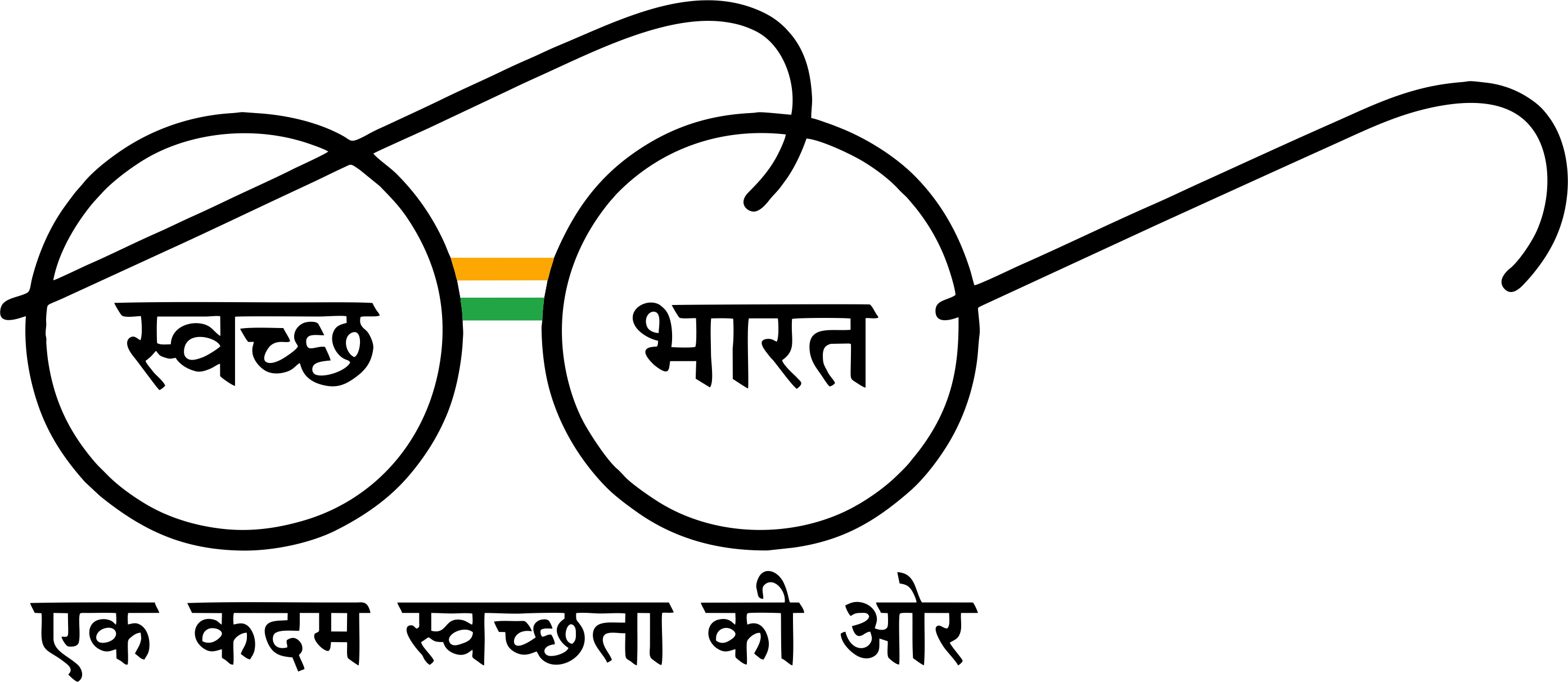home
Introduction
Preface
To The Reader
BACKGROUND
CYCLONE OCCURRENCE MAP
ACKNOWLEDGEMENT
THE PEER GROUP
HOW TO PROCURE HARDCOPY
CONTACT US
DISCLAIMER



